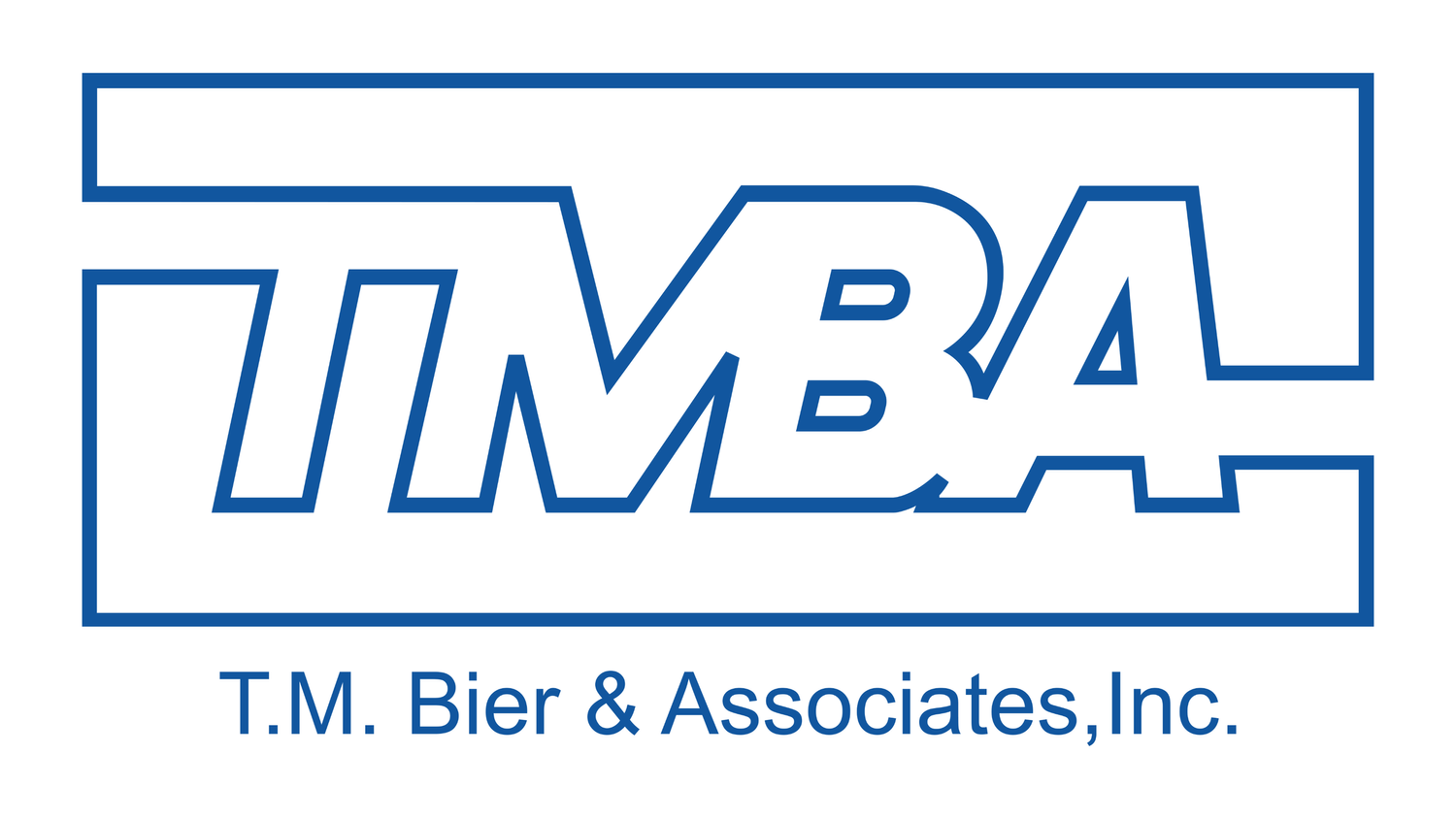Decoding the Basics of Building Management System Design
As businesses and industries evolve, the need for more integrated, efficient, and sustainable infrastructure becomes increasingly clear. At the heart of this shift is the adoption of sophisticated Building Management Systems (BMS), designed to oversee and optimize the performance of a facility's mechanical and electrical systems. In this blog post, we will unravel the basics of BMS design and how T.M. Bier & Associates can help create a streamlined, energy-efficient, and future-ready establishment for your business.
What is a Building Management System?
A Building Management System, also known as a Building Automation System, is an intelligent, computer-based control system installed in buildings to manage and monitor equipment like ventilation, lighting, power systems, fire systems, and security systems. A well-designed BMS provides a wealth of advantages including energy efficiency, operational cost savings, improved comfort, and safety for occupants, and overall better management of the facility.
The Art of BMS Design
BMS design is about creating a system that meets the specific needs of a building's occupants, while also providing a balance between operational efficiency and energy conservation. A well-crafted design involves a few essential steps:
Requirements Analysis: This initial phase is all about understanding the client's unique needs, expectations, and budget. It's an in-depth process that encompasses the analysis of the building's operational parameters such as occupancy schedule, expected indoor environment quality (lighting, temperature, humidity, air quality), and specific equipment currently installed. For instance, if a client wants to prioritize energy efficiency, the BMS design would lean towards technologies like smart HVAC controls, occupancy sensors, and daylight harvesting systems. The outcome of this phase is a detailed design brief that sets the foundation for the entire project.
System Selection: Once the design brief is ready, the next step involves selecting appropriate systems and equipment that align with the building's needs. This can include HVAC, lighting controls, energy management systems, fire safety, and security systems. This process considers aspects like the scalability of the system, ease of integration, future proofing, as well as vendor reputation and reliability. For instance, for HVAC, we may choose Variable Air Volume (VAV) systems for larger, complex buildings or a more straightforward Variable Refrigerant Flow (VRF) system for smaller buildings.
Network and Infrastructure Planning: Here, we lay down the blueprint of how different systems will interact and communicate with each other. This could be a combination of both wired and wireless networks. The network topology (star, mesh, or bus) is chosen based on factors like building size, system complexity, and reliability needs. The data communication protocol (like BACnet, Modbus, or LonWorks) is also selected at this stage, which governs how information is exchanged between devices. This stage ensures that the various elements of the BMS can effectively share data and work in a coordinated manner.
Interface Design: The interface is the primary means of interaction between the system and its users. A well-designed interface allows operators to easily monitor, control, and troubleshoot the system. This involves designing graphical user interfaces (GUIs) that provide real-time system data, alerts, and control options in an intuitive manner. This may also include designing mobile interfaces for remote monitoring and control.
Integration: One of the most important aspects of a BMS is its ability to integrate disparate systems into one unified platform. This involves configuring interfaces between different systems, creating control strategies for how they interact, and ensuring that data is seamlessly shared across the network. For example, integration can allow a fire alarm system to automatically shut down HVAC in the event of a fire to prevent smoke from spreading.
Validation and Testing: Once the BMS is installed, it's crucial to validate that it meets all the design specifications and performs as expected under a variety of conditions. This involves functionally testing each system, ensuring they operate correctly both independently and when integrated with others. It might involve simulating different scenarios (e.g., fire alarms, power outages, peak load times) to confirm that the BMS responds correctly. This stage might also include fine-tuning system settings to optimize performance based on actual usage patterns.
Your Partner in BMS Design - T.M. Bier & Associates
At T.M. Bier & Associates, we offer comprehensive BMS design services, tailored to your specific needs. Our team of experienced engineers and designers have been providing advanced BMS solutions for years, delivering systems that provide energy savings, operational efficiency, and improved occupant comfort.
With a client-centric approach, we walk with you at every step of the design process, ensuring your systems are built to meet your specific requirements. We utilize cutting-edge technology and employ the best industry practices to deliver a reliable, high-performing BMS that serves your building's needs today and in the future.
Designing an efficient Building Management System is a complex process that requires technical expertise and a deep understanding of a building's unique requirements. With T.M. Bier & Associates, you gain a partner who brings this expertise to your project, creating a custom BMS that perfectly matches your needs.
BMS design is not just about technology; it's about creating a comfortable, safe, and efficient environment for your building's occupants. Partner with us and let's shape the future of your building together. Contact T.M. Bier & Associates today to learn more about our BMS design services.


